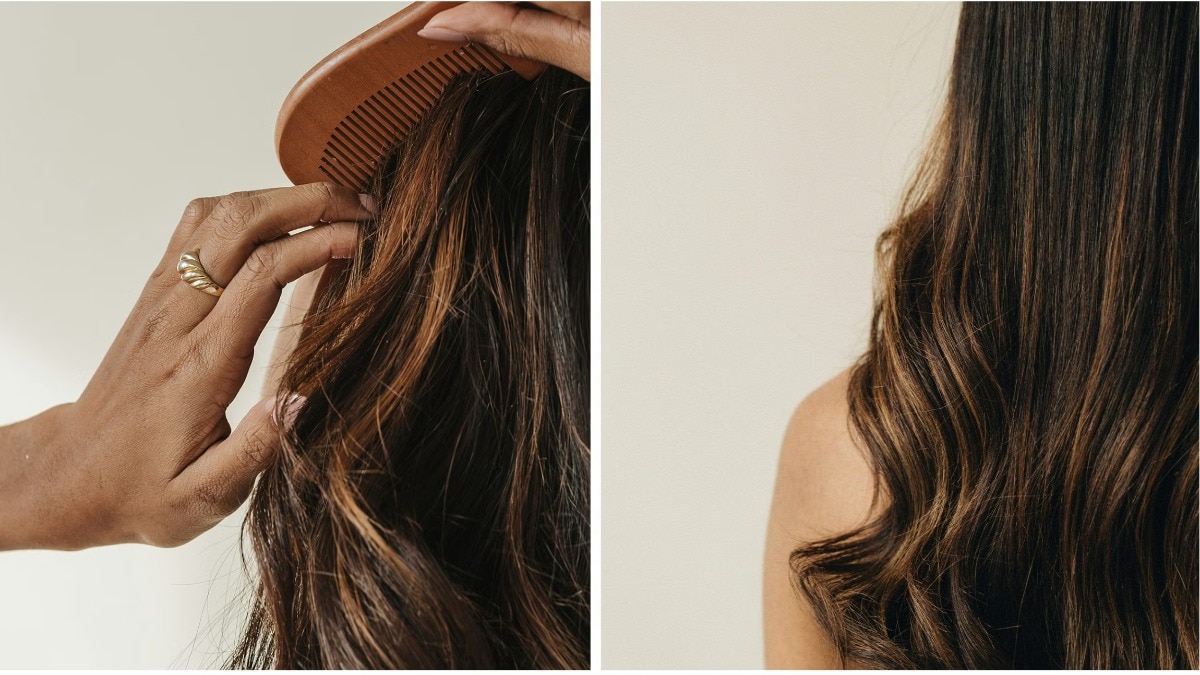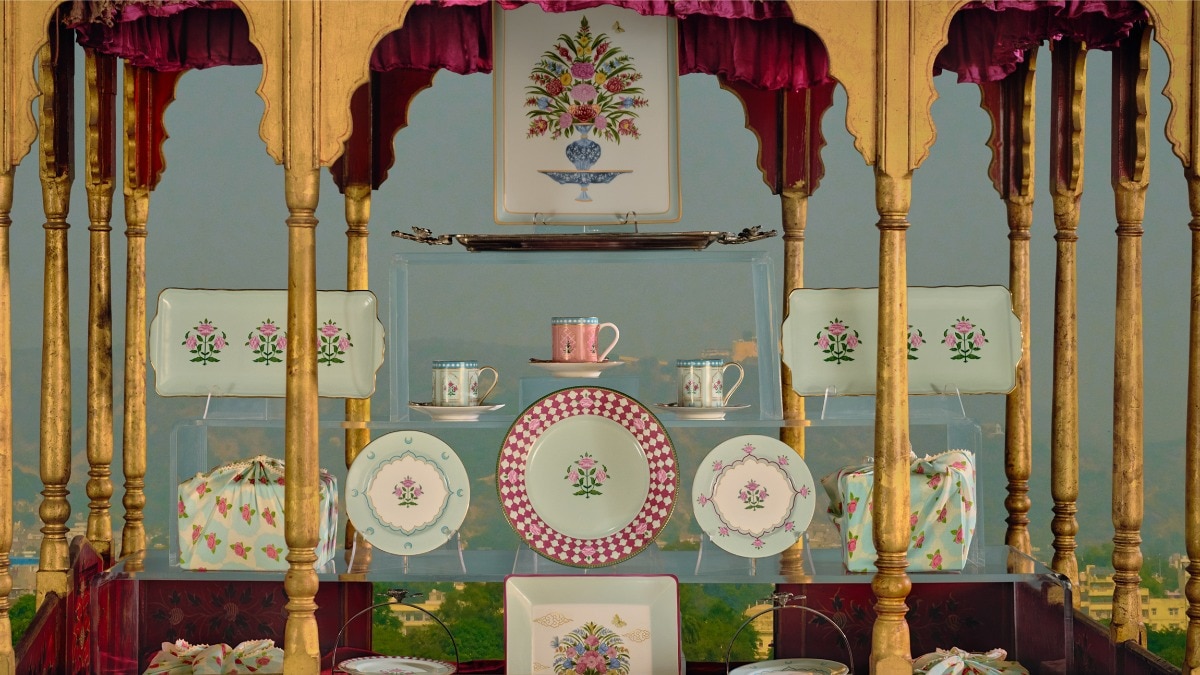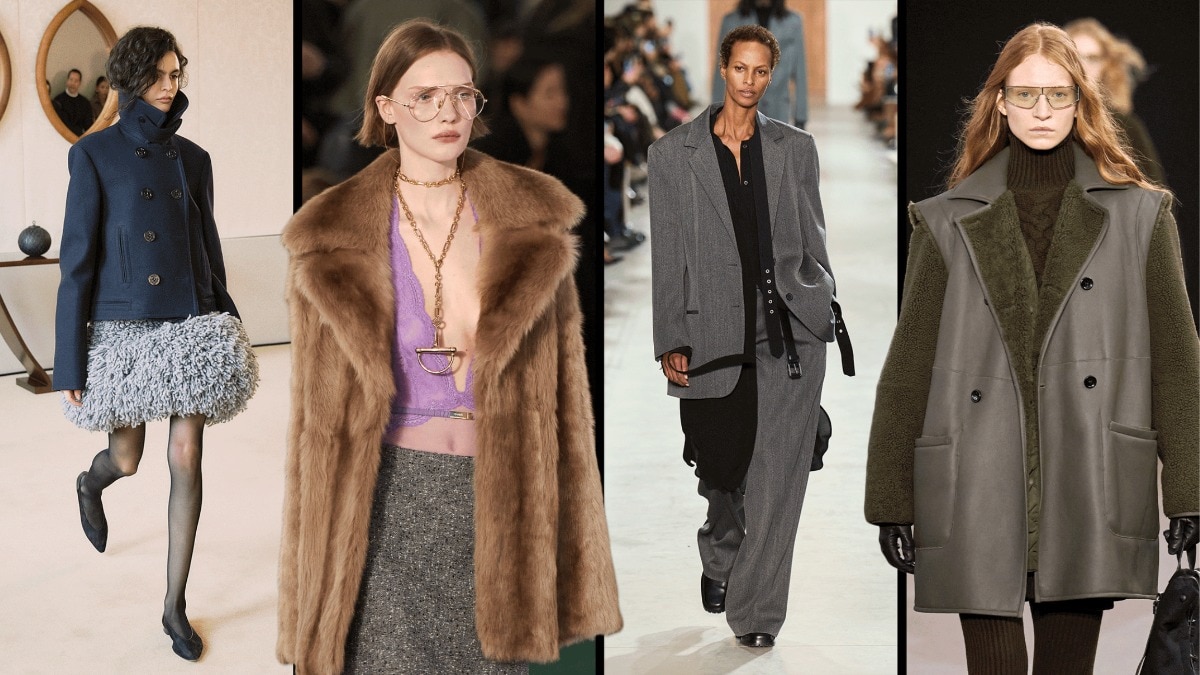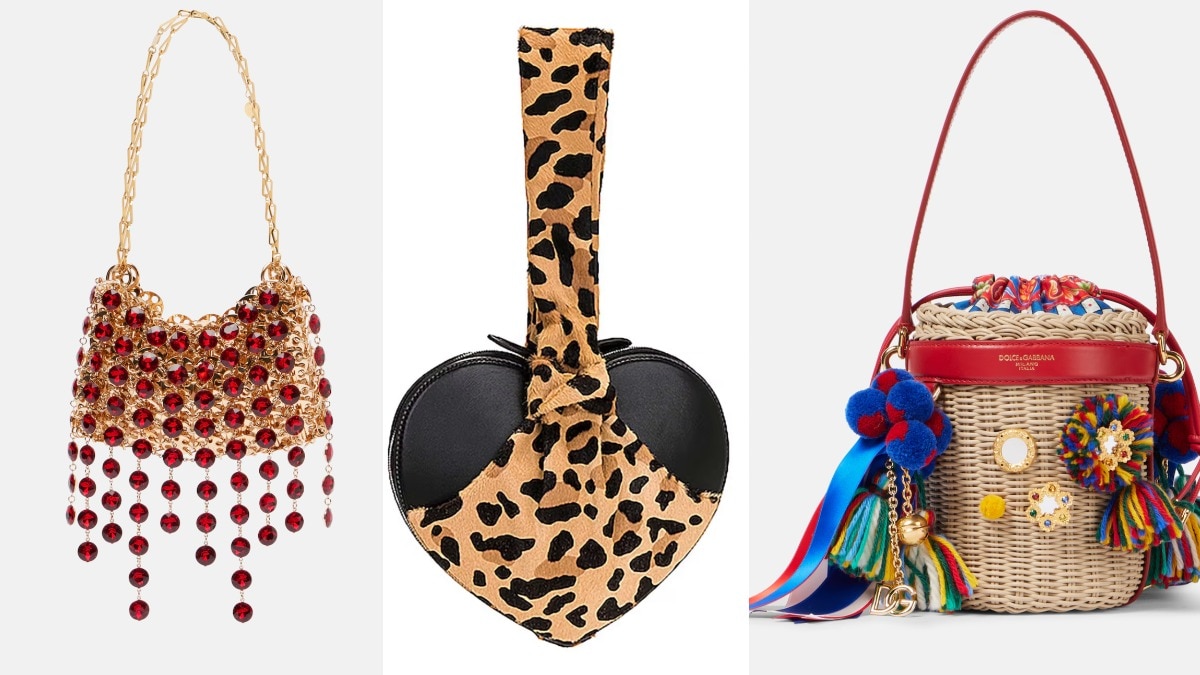Makeup sponge v/s brush: What’s the ideal way to blend foundation?
We got the experts to weigh in.


If we throw a make-up sponge and a foundation brush into a wrestling ring, who do you think will come out winning on the other side and who do you think will be eating dust? It’s an age-old conundrum—what is the best way to apply foundation? Is it at all possible that this stage of everyone's makeup routine does not follow the ‘to each its own’ philosophy?
Over the years, we’ve heard arguments for both sides. Some makeup artists swear by the makeup sponge while some celebrities always keep a brush handy. In fact, do you remember the time Kylie Jenner had everyone in a tizzy with a (now deleted) makeup tutorial in which she applied moisturizer with a brush? If that isn't odd enough, the millions and millions of beauty reels and beauty influencers that now randomly show up on our Instagram feeds don’t help. An overdose of advice just propels confusion.
To get some clarity on whether there is a right and wrong way to apply foundation (spoiler, yes, there is.), we tapped into experts from the beauty industry who broke it down for us. Considering foundation is the base layer, the application is tricky. It can go very wrong, very fast, if not blended properly. Before you realise it, it’s a chalky, uneven mess. Your best way out is taking it all off and starting over. There has to be an easier way and there is. It lies within the tool you use to blend. This begs the question—makeup sponge v/s foundation brush, is there such a thing as an ideal method? Let’s go back to school and make pros and cons list, shall we?

Makeup Sponge
Chandni Goyal, a makeup expert at Anastasia Beverly Hills, has full confidence in her beauty blender (aka the makeup sponge). She says, “Beauty blenders are pretty versatile and work well with liquid, cream, and even pressed powder formulations. They are the best option if you want a seamless blend of foundation on the skin. If you feel that using a foundation brush has left streaks on your skin, a beauty blender can come to your rescue and blend all of it like a pro.”
If it’s a flawless, practically airbrushed look that you’re going for, look no further. Since the sponge absorbs more product, it has the ability to give a more diffused look. Goyal agrees that the micro-spongey texture of the beauty blender helps blend the foundation so seamlessly that it presents the cleanest canvas for you to paint your makeup on, while still being easy and gentle on the skin. She suggests, “If you want full coverage, use a dry beauty blender, whereas, for medium to sheer coverage, it is best to use a damp beauty blender.” And since sponges come in different shapes and sizes and reach even the toughest parts of the face (under the eyes, hairline, corner of the lips etc) it earns them several brownie points.
However, the same Spongebob qualities of a beauty blender that makes it the favourite of professionals is also the reason people lean more toward brushes. It’s a little ironic—you see you can never know if the sponge is ever fully clean as it gets a little tricky (and icky) to use. They absorb more bacteria than we’ll ever know, and no matter how much you wash them, the dense texture allows the pesky creatures to play hide and seek. Another disadvantage of using a makeup sponge is its affinity to eat (absorb) products. It’s a sheer waste and makeup is a little too precious for that.

Ainara Kaur, co-founder of Belora Paris does. She says, “Sponges absorb foundation during the application, leading to higher consumption of the product. They are easily stained, and you never know if they are 100% clean. They need to be air dried before storing away.”
Is the smooth-without-it-being-too-matte effect worth the product wastage and continuous washing? That’s a subjective decision. It all depends on the type of coverage you want.
Makeup Brushes
Where makeup sponges ace the airbrushed look, brushes allow you more control and a concentrated application. And it helps that brushes make you feel like a painter. Even if you draw a bird with two upside-down tickmark signs. They work on any kind of skin type and with any kind of formulation (liquid, powder or cream). If you typically have sensitive skin, experts suggest using a buffing foundation brush which will give you an even layer of foundation but won’t irritate the skin. The biggest point in the pro column for brushes is that they glide so easily that it becomes easy to achieve a high-coverage look with much less product.
According to Goyal, foundation brushes can make applying foundation much easier even for a beginner. "Using a stippling motion with a foundation brush can give you medium to fuller coverage while using short back dragging strokes can give you light coverage. There is also the least wastage of product with a foundation brush since most of it is applied to the skin with very little left, or absorbed in the brush bristles,” she says.
Another advantage of using brushes, as makeup artist Krisann Figueiredo pointed out, is that you can sculpt the face and use the same brush to apply blush and bronzer to bring the whole look together.

However, Figueiredo also pointed out that brushes too come with their own set of disadvantages. She says, “The disadvantage is that sometimes your application can get streaky depending on the brush you’re using. I usually prefer going in for the first time with a foundation brush and then just making sure you have the right amount of foundation in the right places. And then if you do need to touch up your make-up during the day, you could always use a damp beauty blender to add on another layer, or freshen it up.”
We’ll leave these two very essential beauty tools to fight it out and you to draw informed conclusions. Just remember, while we can’t help what we’re used to, there is no harm in a little trial and error.










